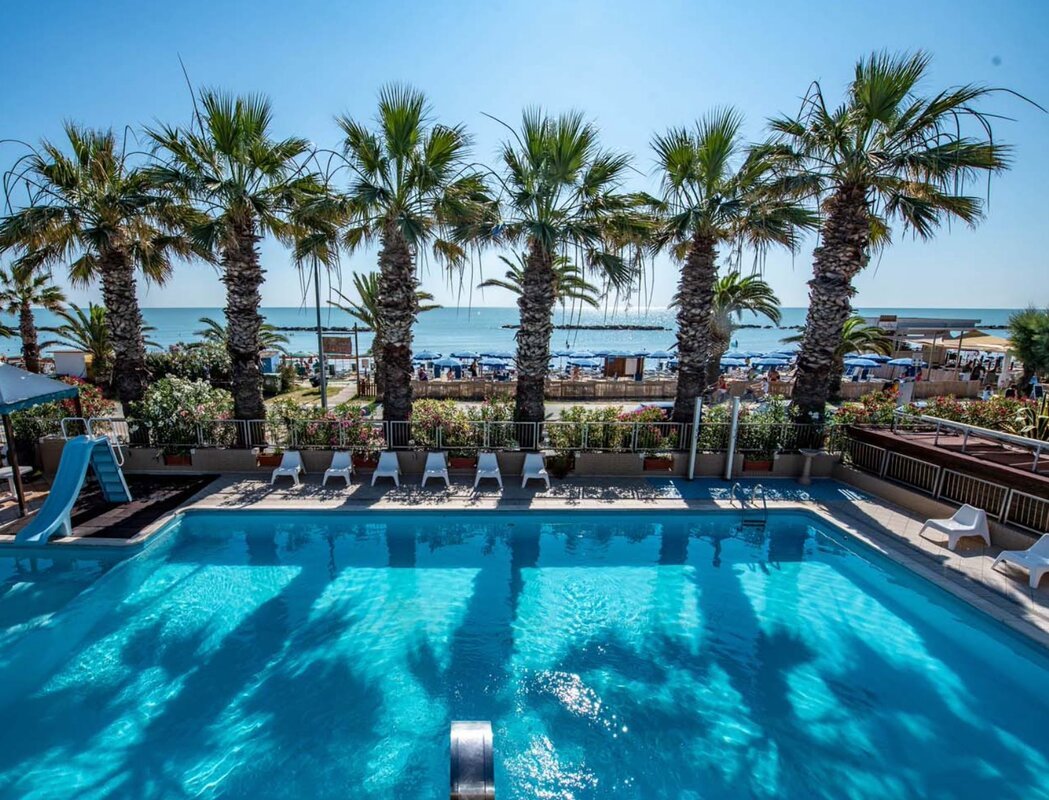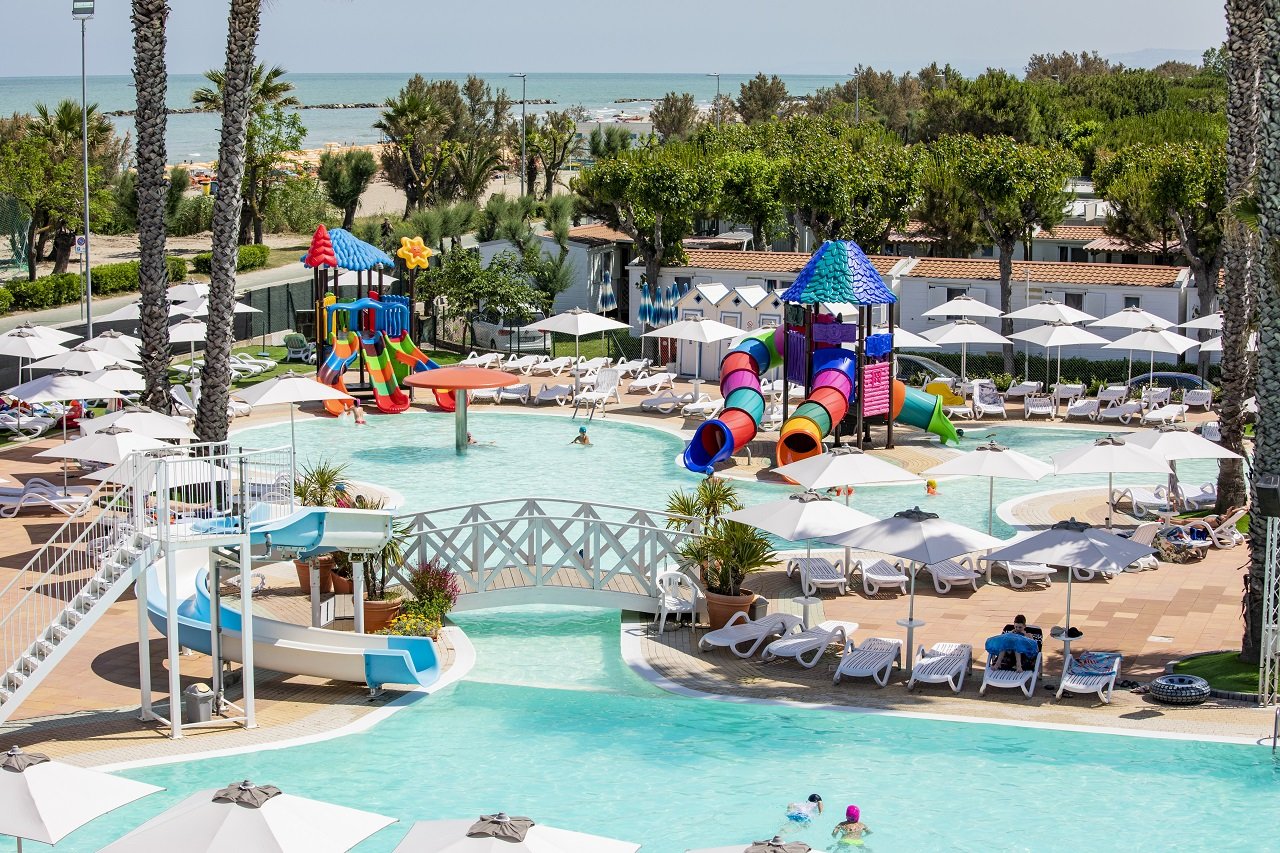Colonnella: the terrace by the sea
It is no coincidence that as early as 1797, Lorenzo Giustiniani in his 'Dizionario Geografico ragionato del Regno di Napoli' wrote of Colonnella: 'The air one breathes there is very salubrious and enjoys an astonishing horizon, dominating a large part of the Papal States'.
And this is still the case today. Situated on a hill overlooking the coast, the town boasts an enviable position: from here, the view sweeps freely from the sea to the Gran Sasso, the Sibillini Mountains and the Majella across the gentle slope of the hills with all shades of green.
Strolling through the narrow streets of Colonnella is always a pleasure. A long flight of steps leads up to the 14th-century Clock Tower, which towers over the town and is visible from great distances. Then it is a succession of narrow streets and small squares lined with buildings and churches that tell the long history of Colonnella, a history that begins with ancient Truentum, described by Pliny the Elder, and winds its way through the centuries.
Worth seeing are the Roman cisterns, the Church of Saints Cyprian and Justina, built between the end of the 18th century and the beginning of the 19th, with its wooden statue of the Madonna del Suffragio and the precious 27-pipe organ made in 1833. Then there are the 16th-century Marzii Palace and the 18th-century Pardi Palace.
But Colonnella, like all of Abruzzo, is also a land of good food and good wine. It is impossible to resist typical regional dishes and wines such as Montepulciano, Trebbiano and Passerina.
Much of the events that enliven the summer are also dedicated to food and conviviality, a succession of appointments that are one more reason to visit this little gem.









 IT
IT EN
EN DE
DE